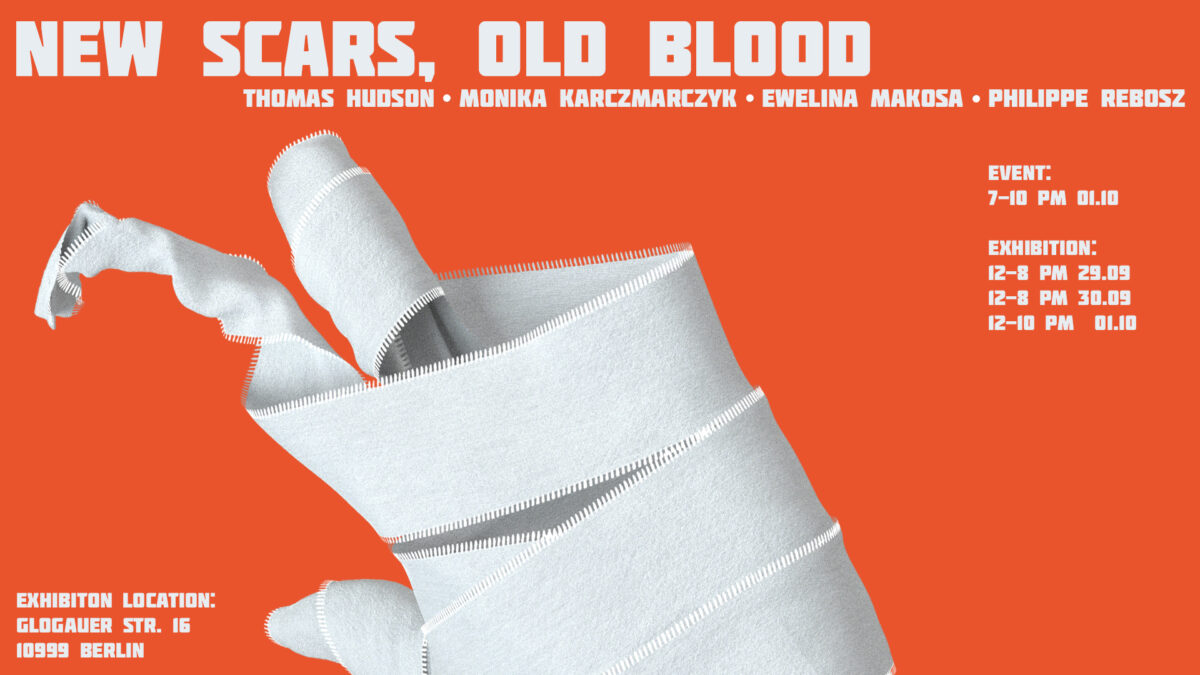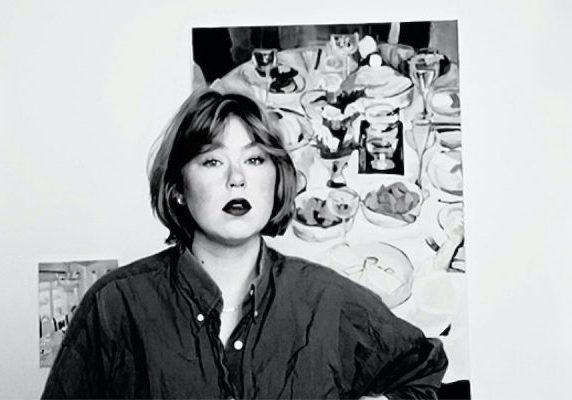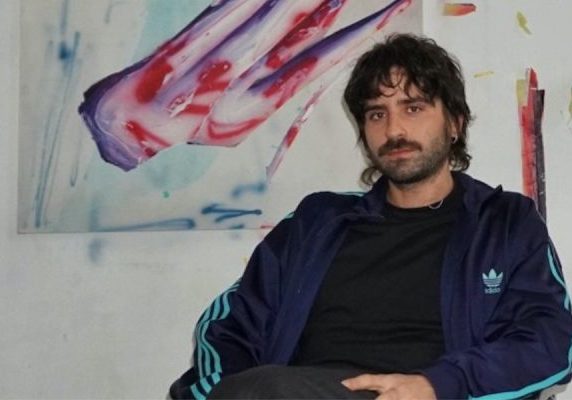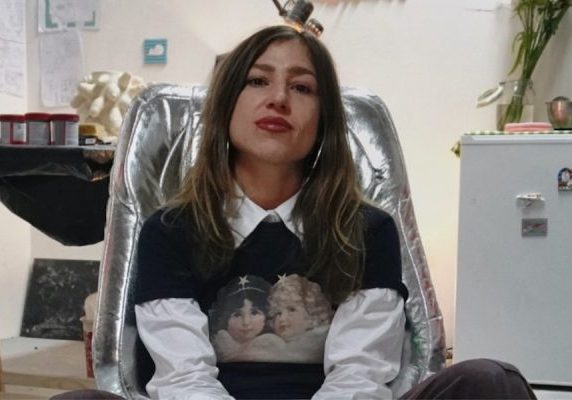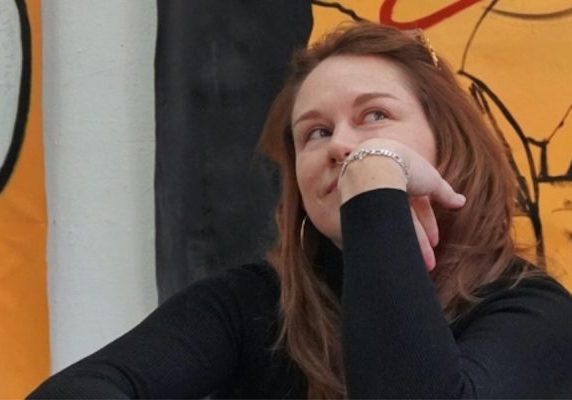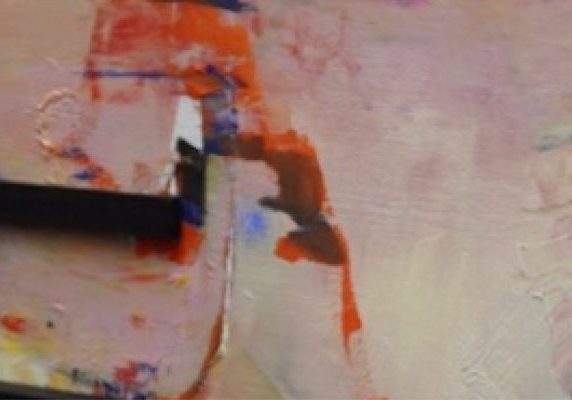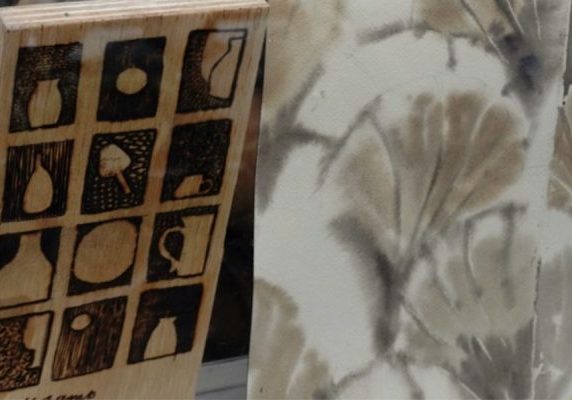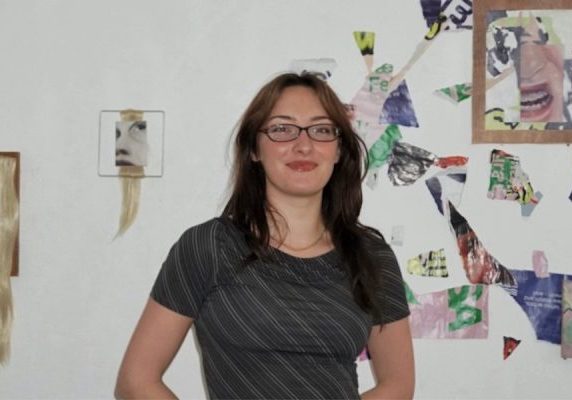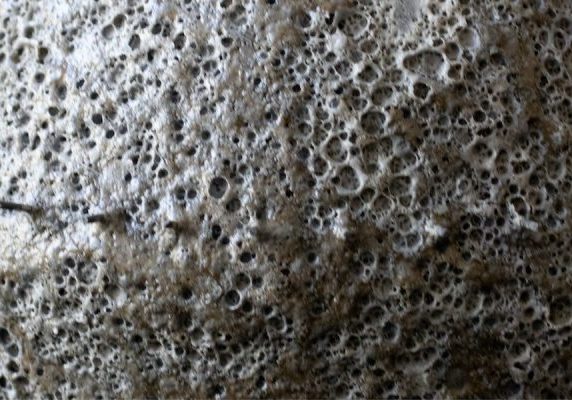EVENT:
7-10 PM 01-10
EXHIBITION:
12-8 PM 29.09
12-8 PM 30.09
12-8 PM 01.10
Entrance: Free entrance
Upon entry: negative test / proof of full vaccination / proof of recovery not older than 6 months
Thomas Hudson – Monika Karczmarczyk –Ewelina Makosa – Philippe Rebosz
Thomas Hudson, Monika Karczmarczyk, Ewelina Makosa, and Philippe Rebosz confront us in different ways and from different perspectives with surfaces that reveal themselves to us as threshold spaces – as places of exchange. We can thus approach the works in this exhibition on the basis of arrangement and permeability, of touch and surface. Materials assigned to different containers and then placed in a system of fixed transaction: the specific crossing of a permeable boundary. This suggests the dynamism, the emergence of a body, a synthetic life form that has yet to find its own skin or exterior. We witness its first processes of exchange, its first faltering breaths in this world.
Thomas Hudson places surfaces of public space at the center of his artistic work and questions their function as mirrors of our longings, hopes, and expectations of the outside world. With a swelling ironic undertone, however, these images reveal themselves as the illusion of a pleasing dream factory.
Monika Karczmarczyk makes the skin (or the envelope) as the boundary between the “I” and the “other,” the „here“ and the „beyond“, the subject of her video work, granting us an intimate glimpse of an entity becoming conscious of its surrounding. Disclosure and unveiling play a central role as a condition for contouring one’s own identity.
Ewelina Makosa dissects the shimmering surface of a pool into the coordinates of its actual nature, revealing the socio-cultural depth of a utopian object. In another work, the artist makes a smile disappear as a sign of awareness in confrontation with a specific consumerist surface.
In his large-scale paintings, Philippe Rebosz shows us stages, mirror fragments, and digital-looking surfaces as places of resonance and revelation. Through various painting techniques, he links staggered pictorial planes, complicates our traditional notions of spatiality, and humorously questions our post-digital perception of images that seem to be in permanent competition with each other.

